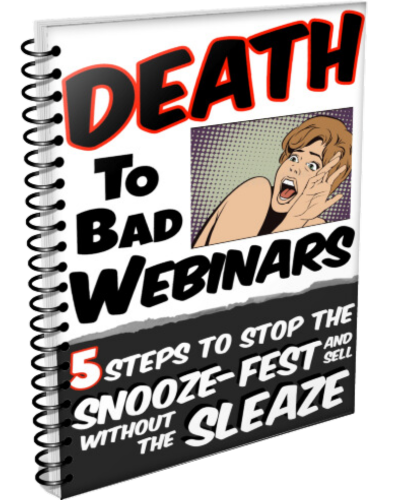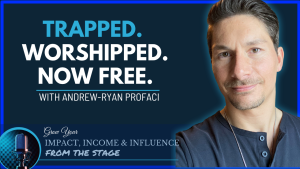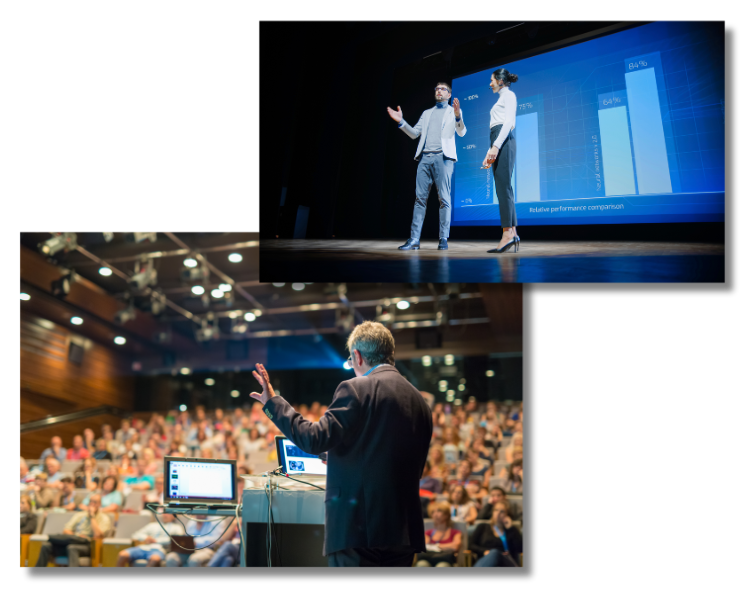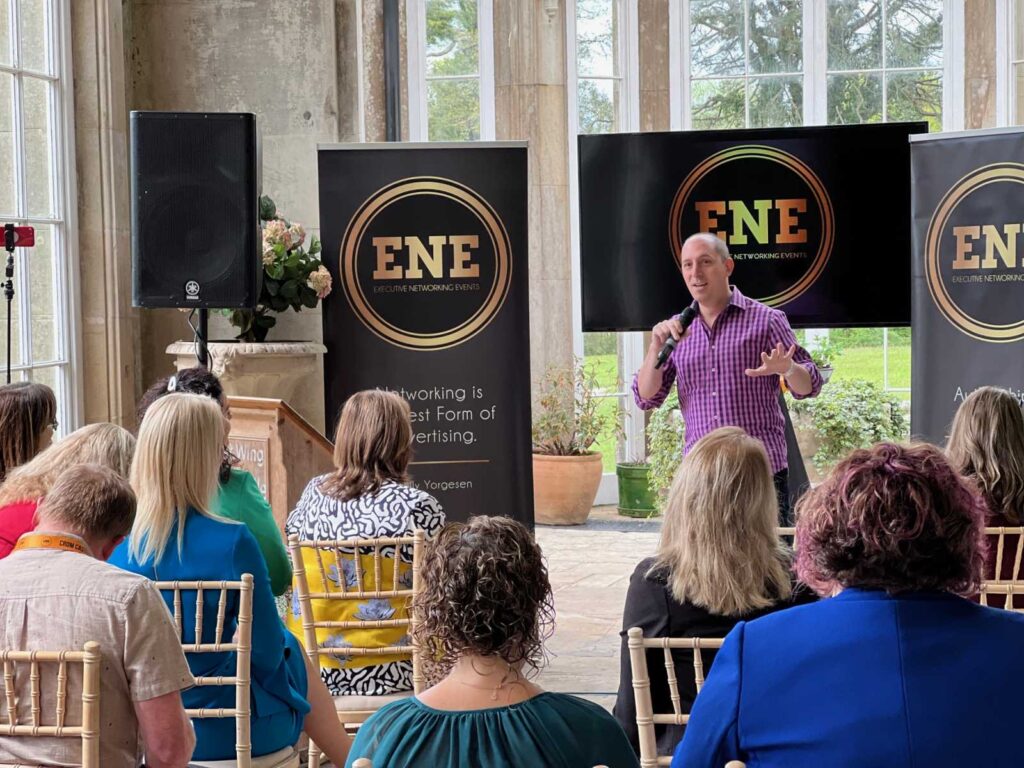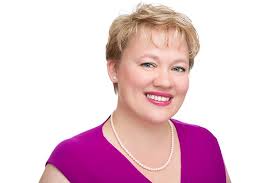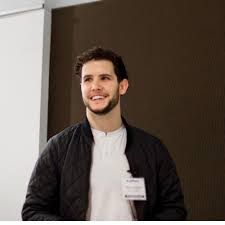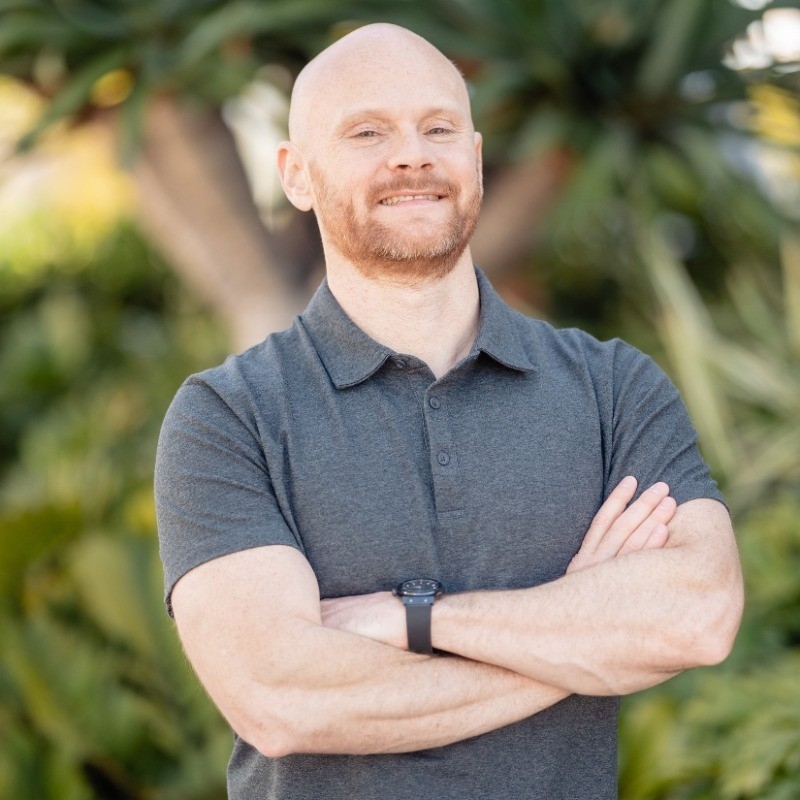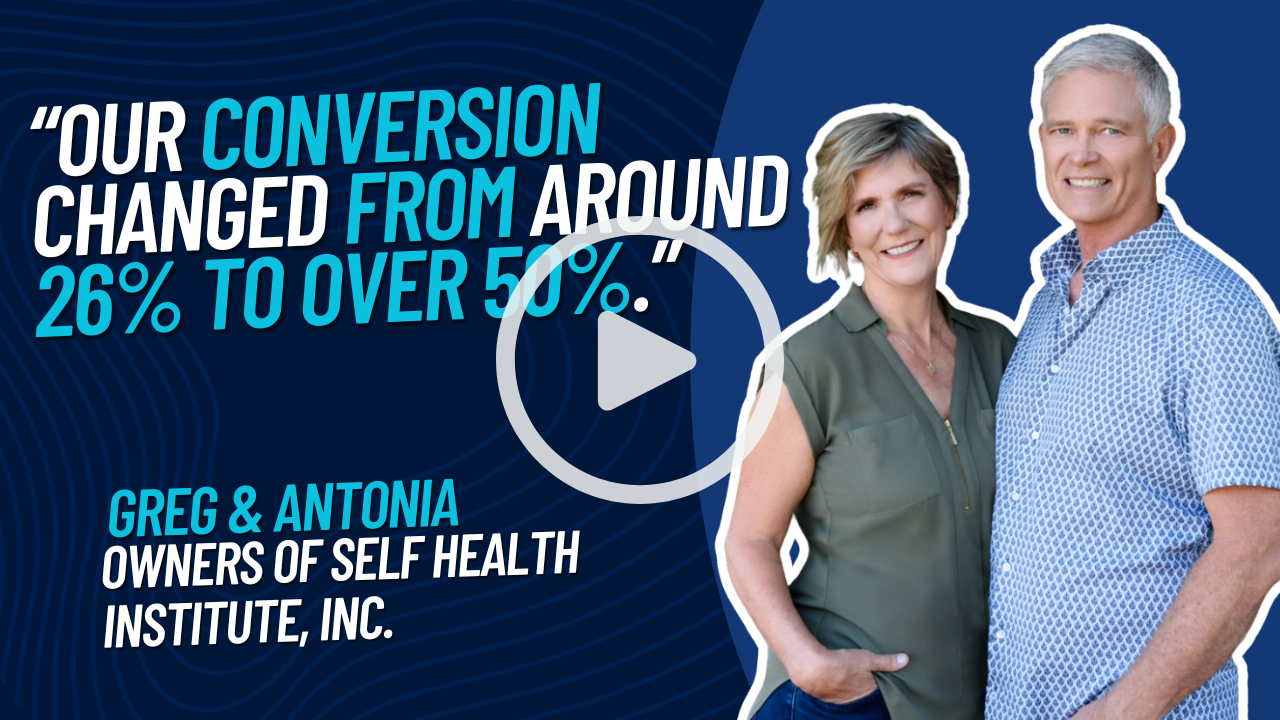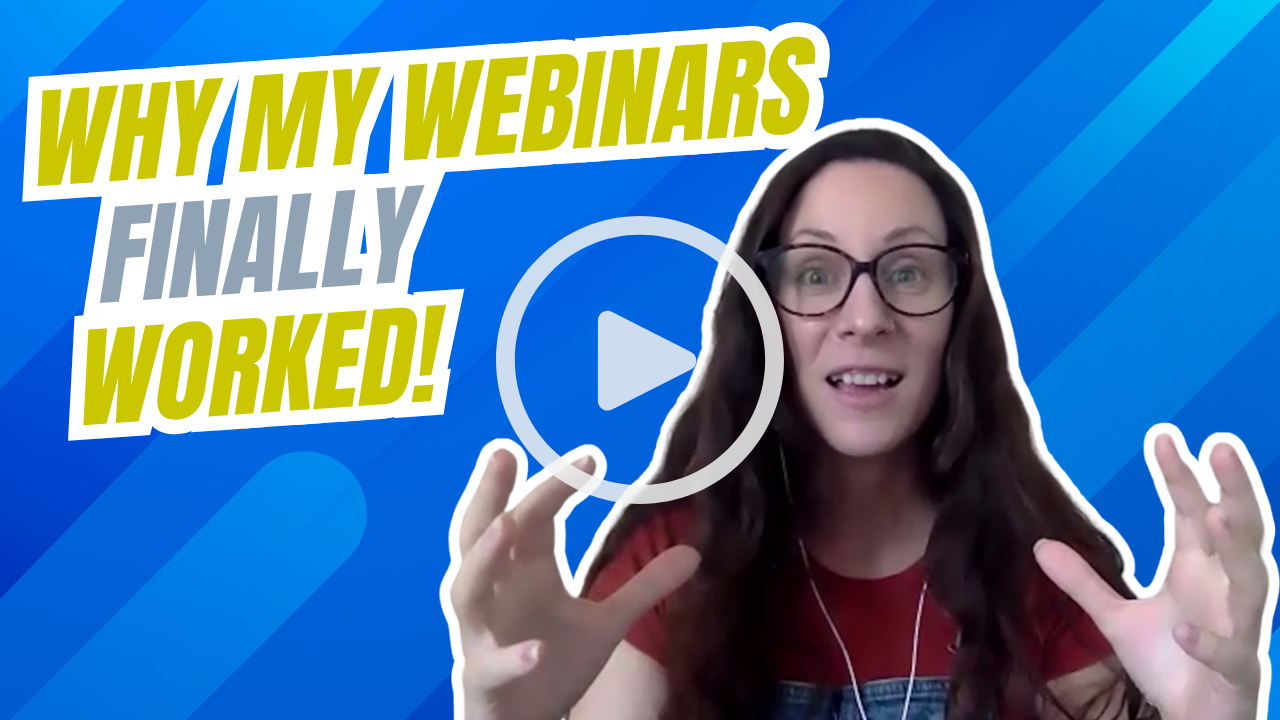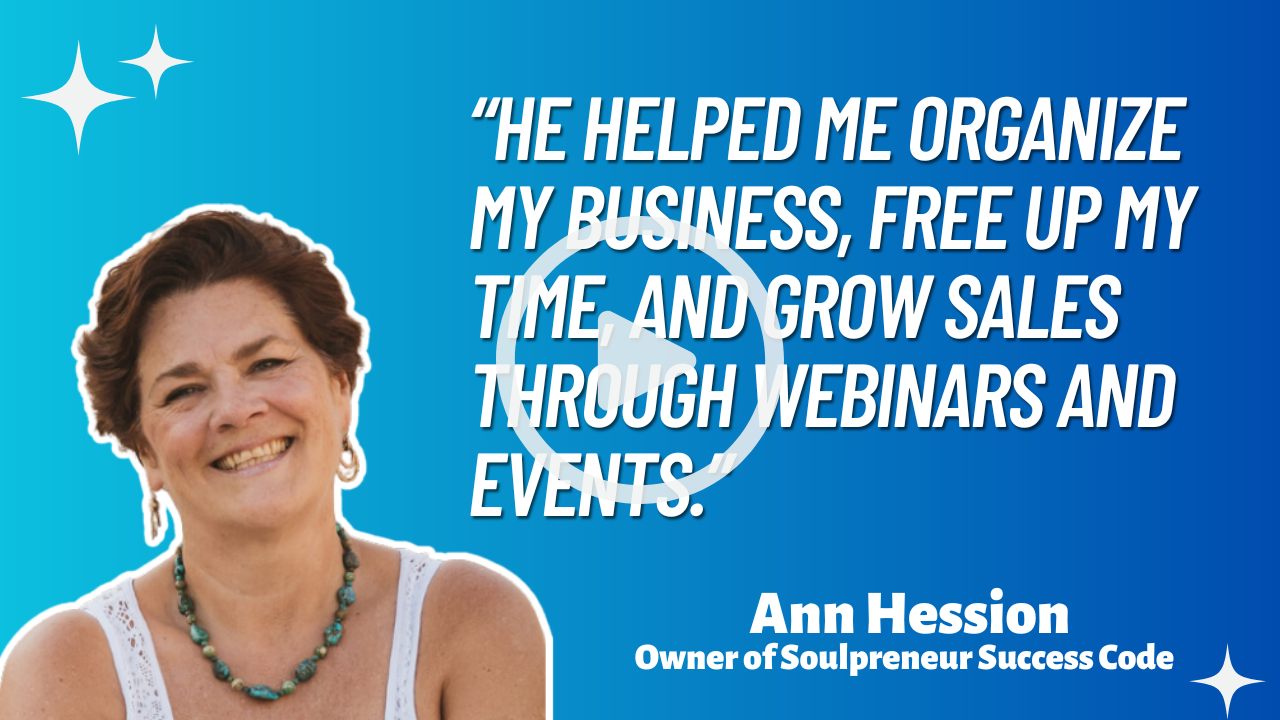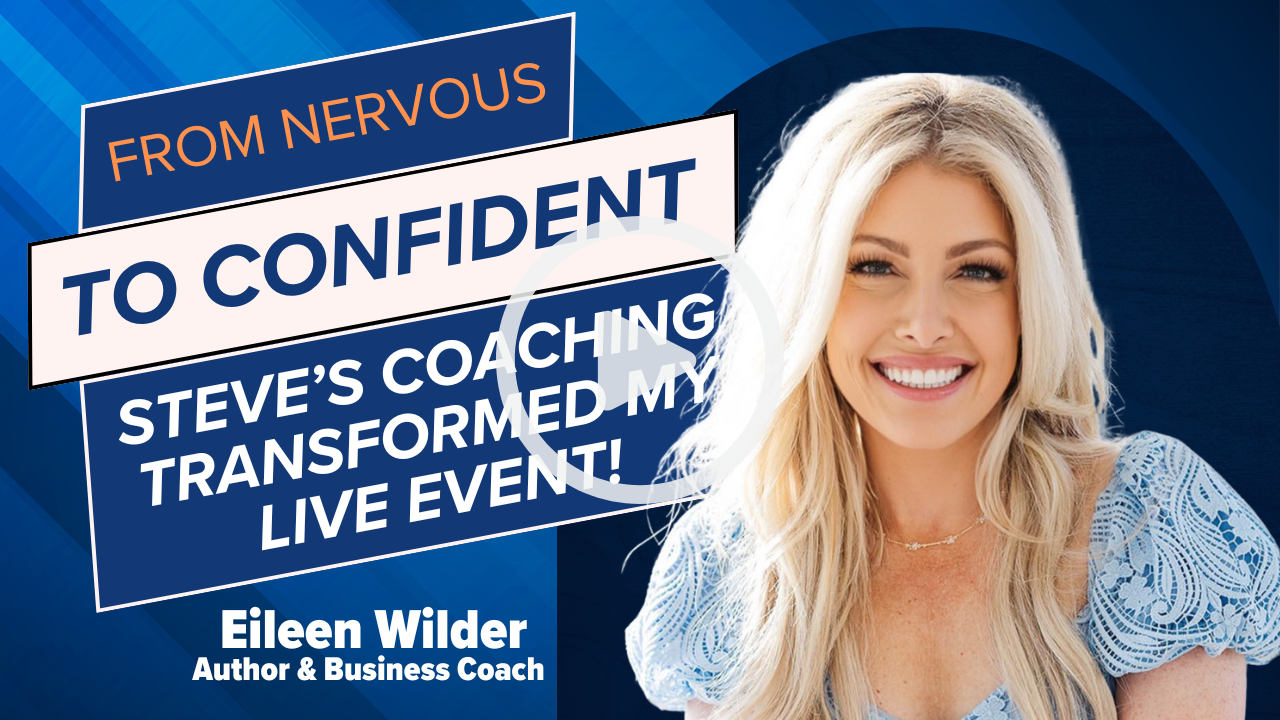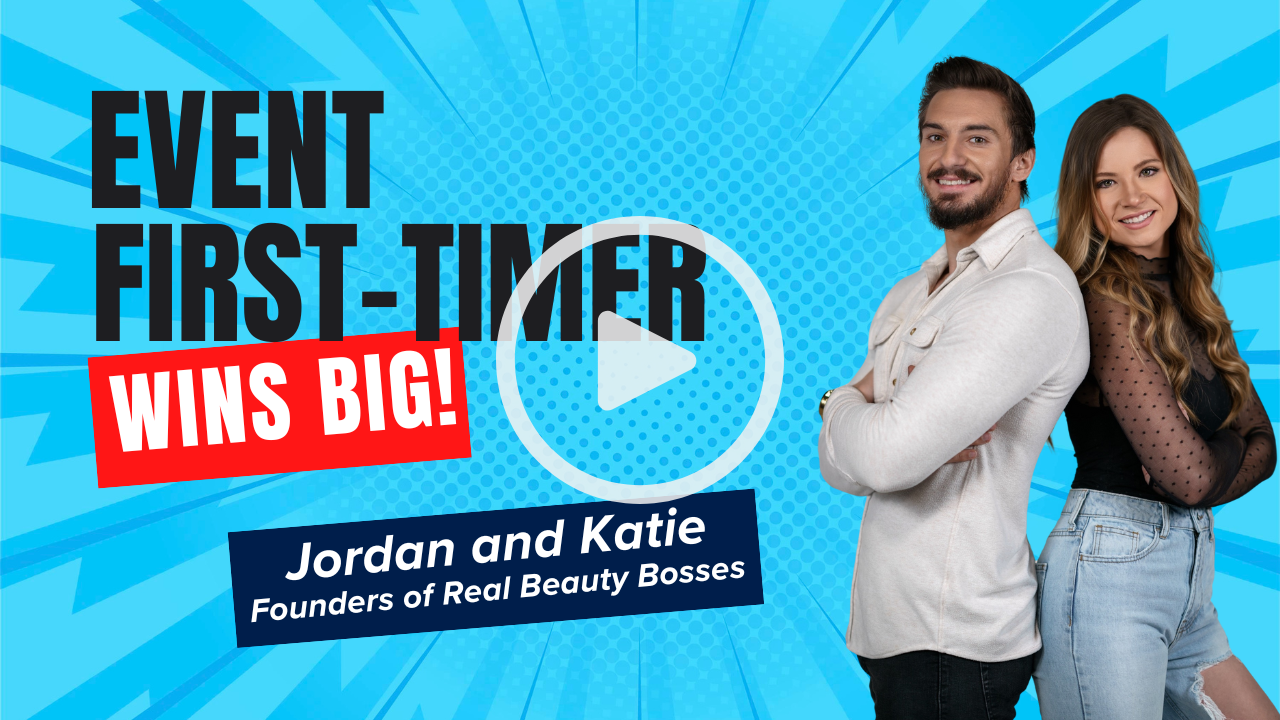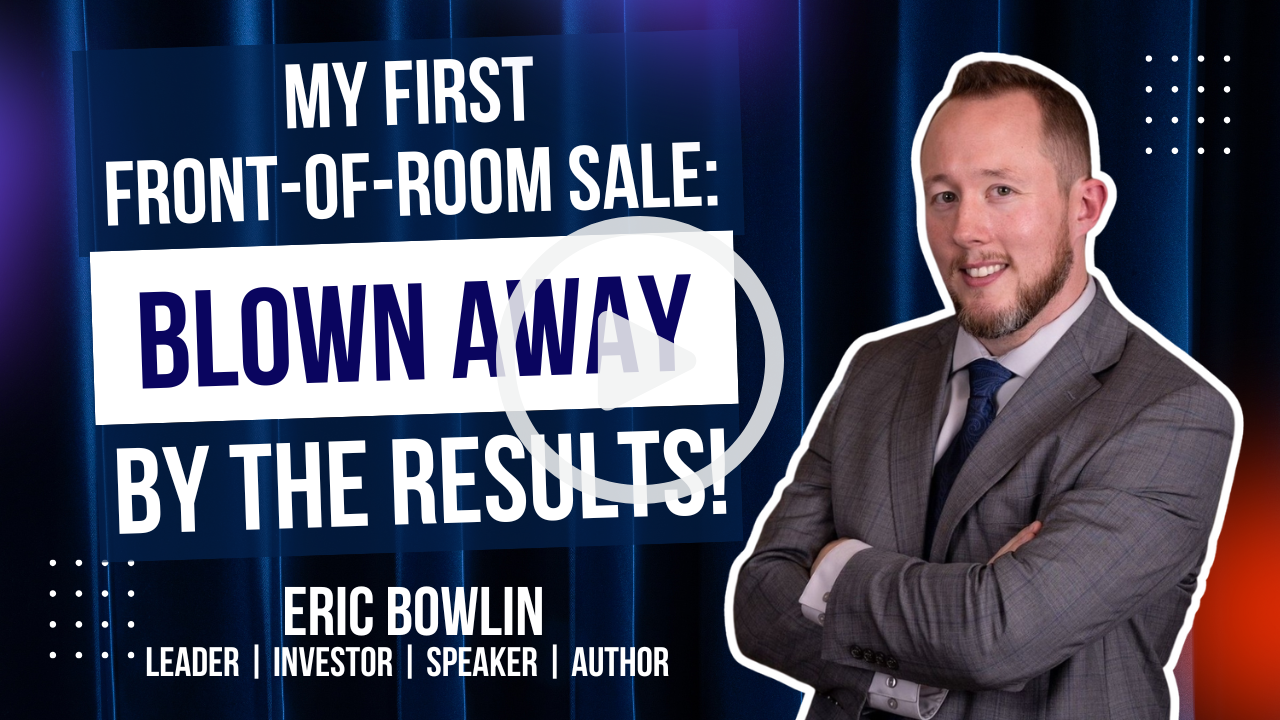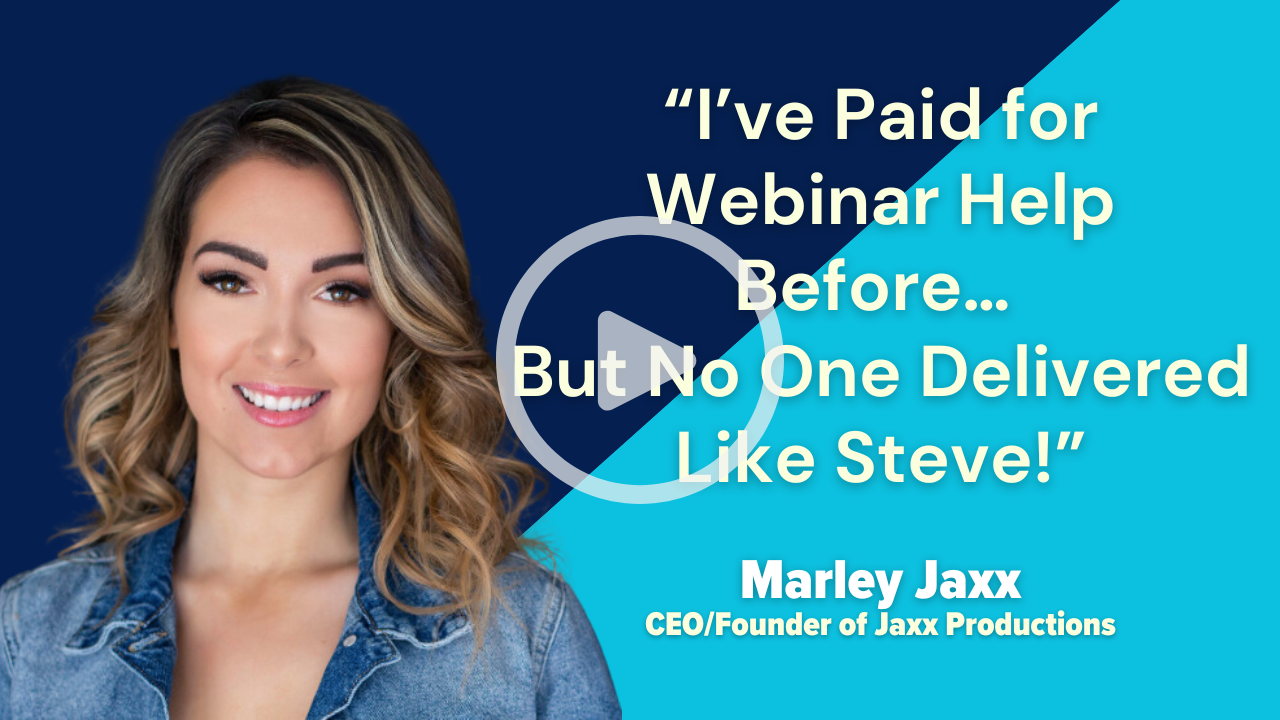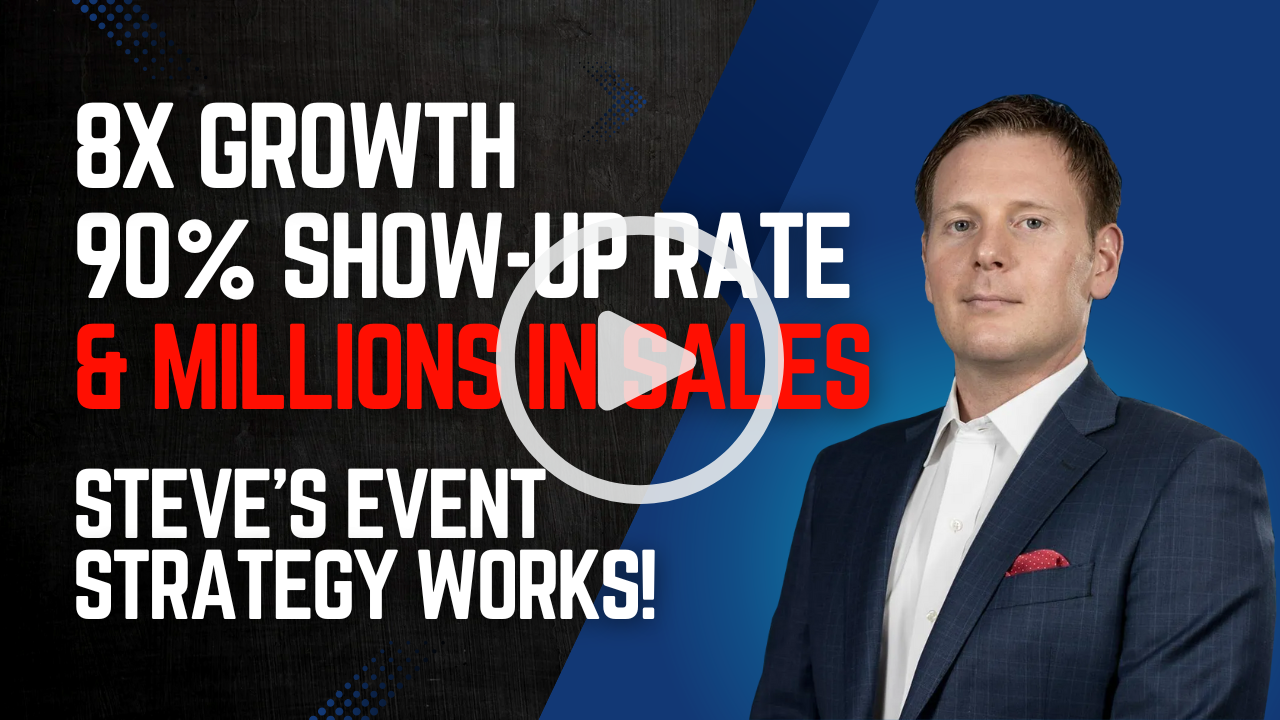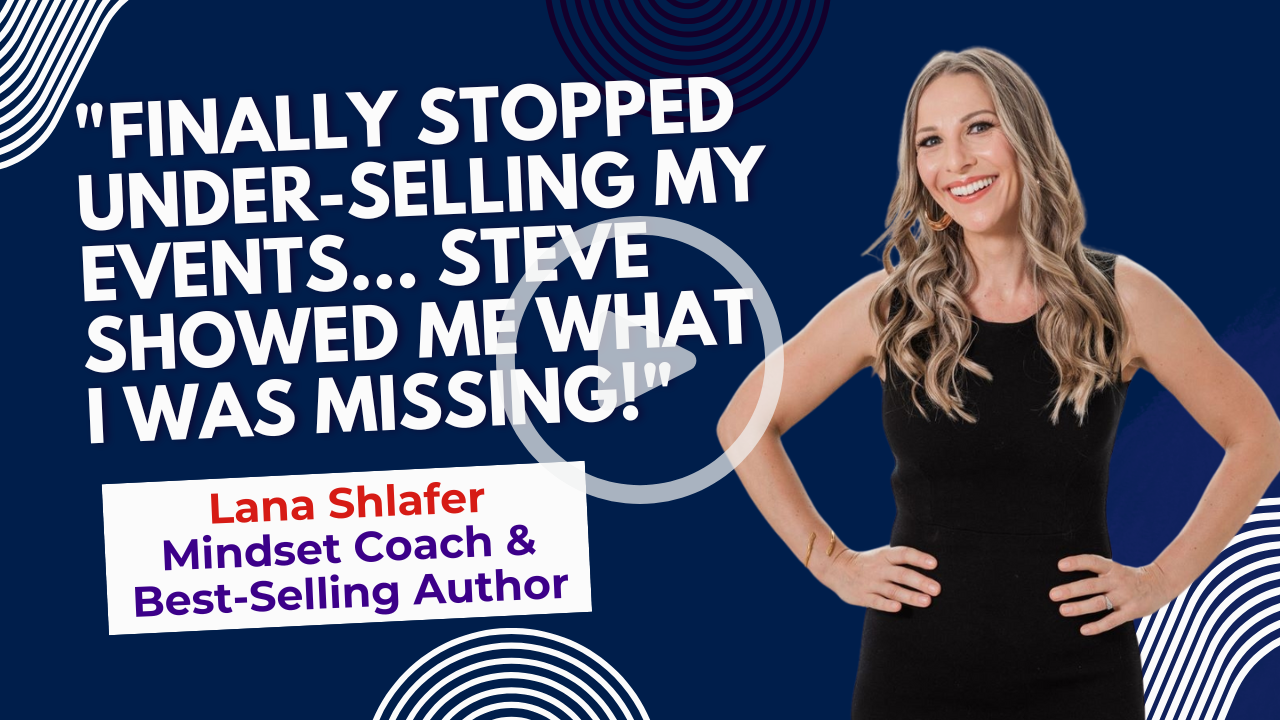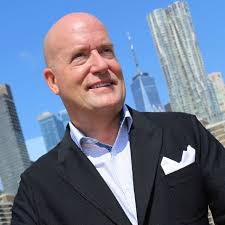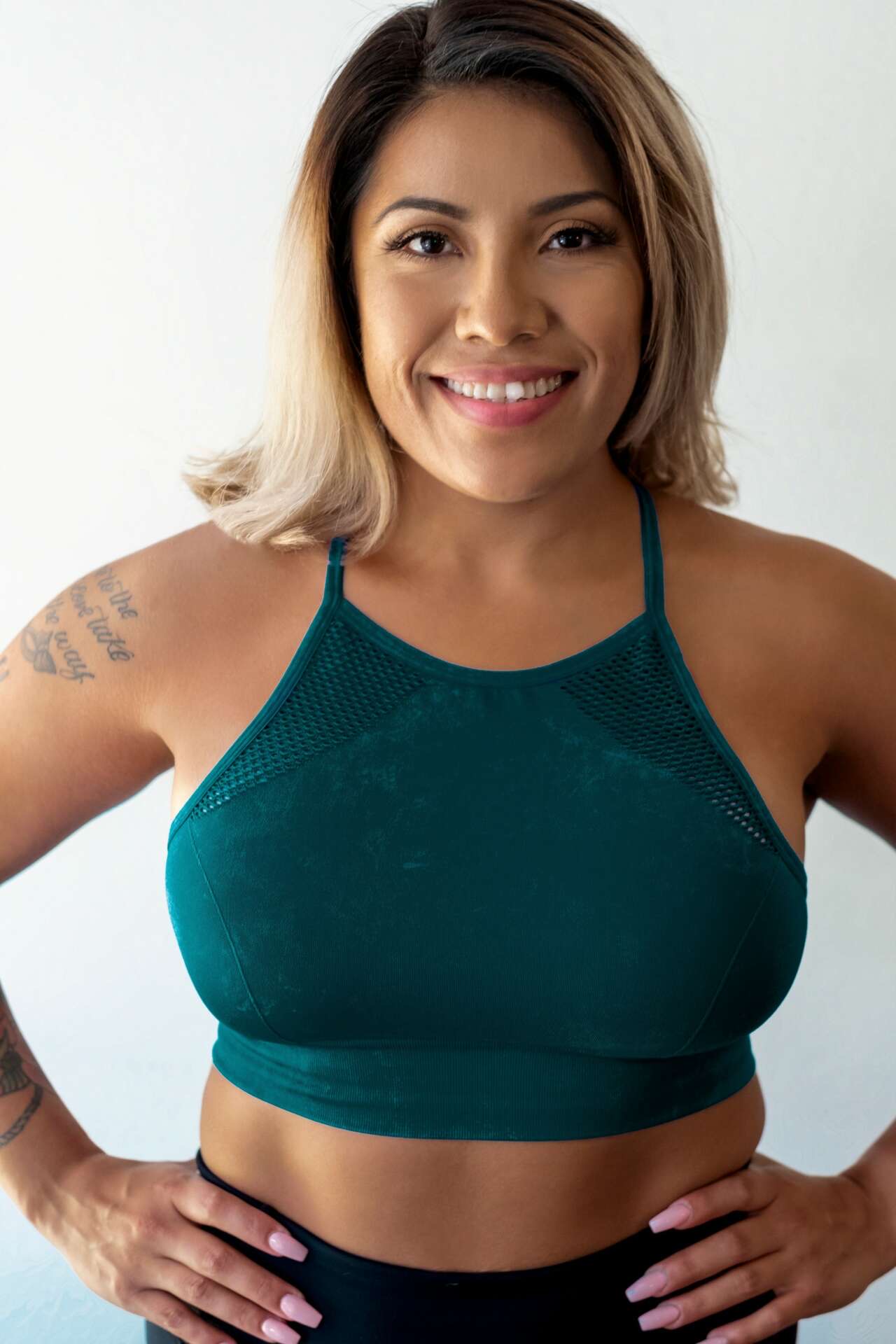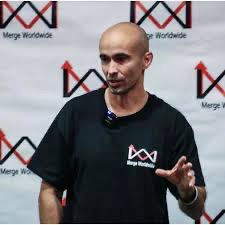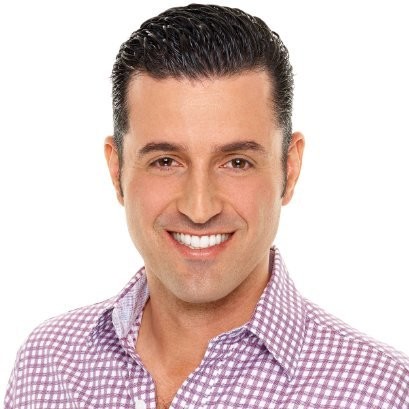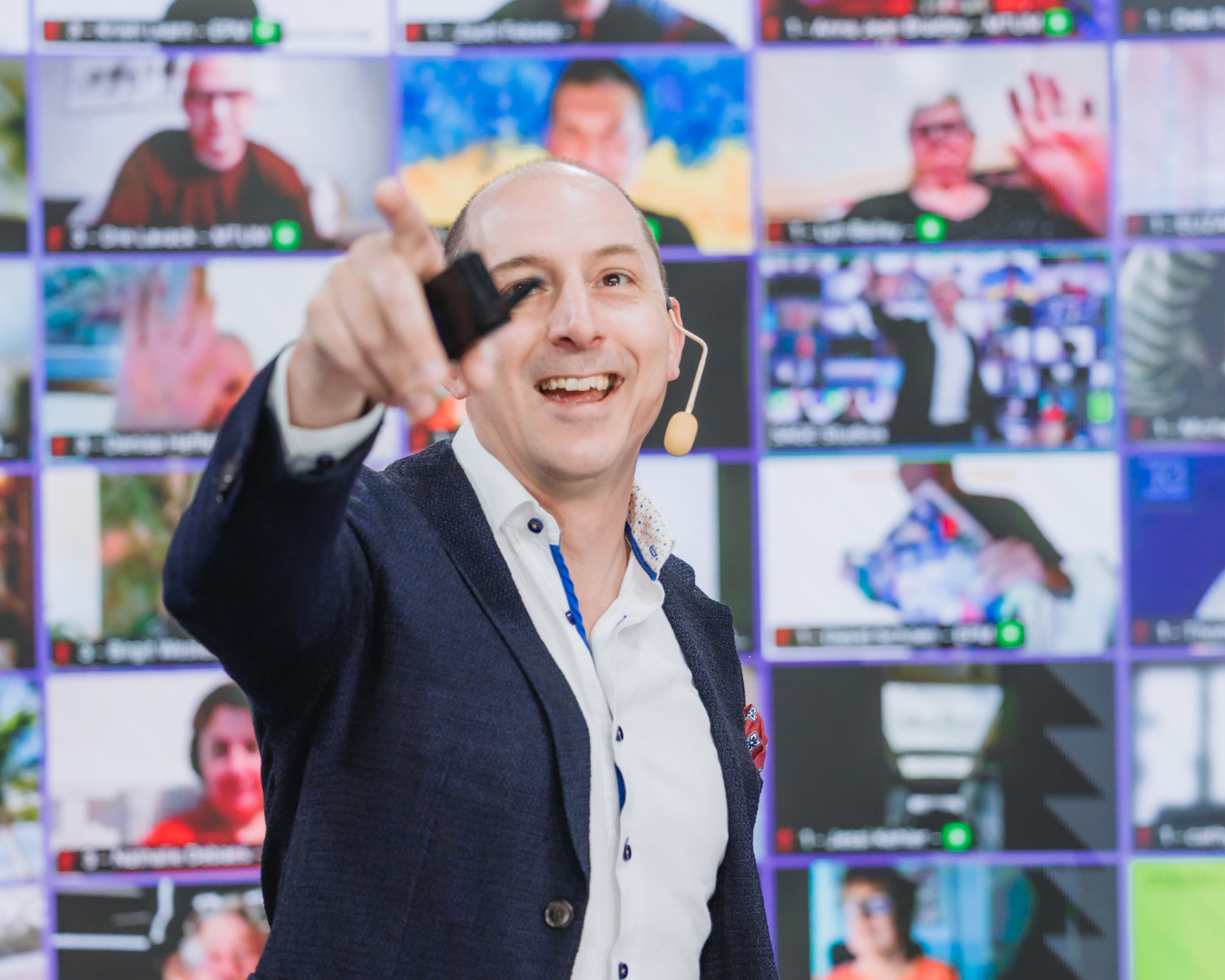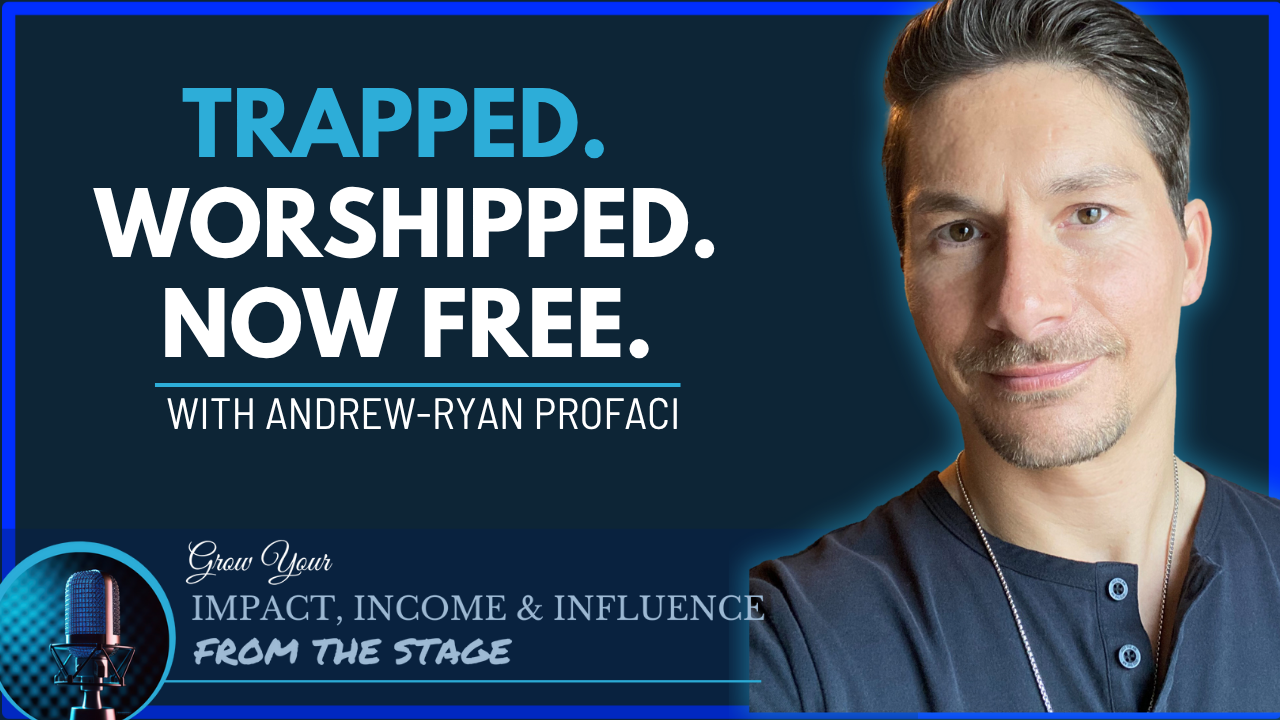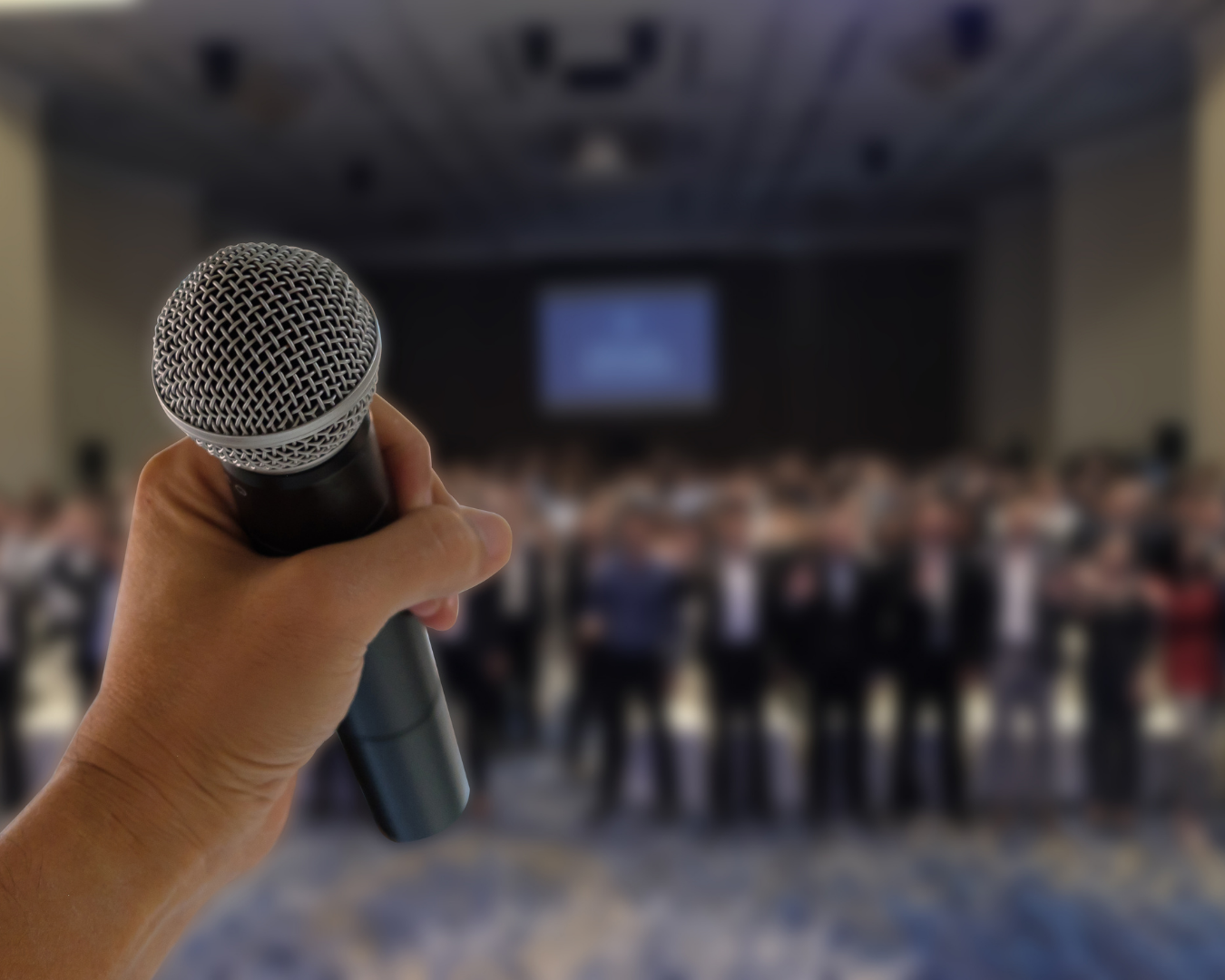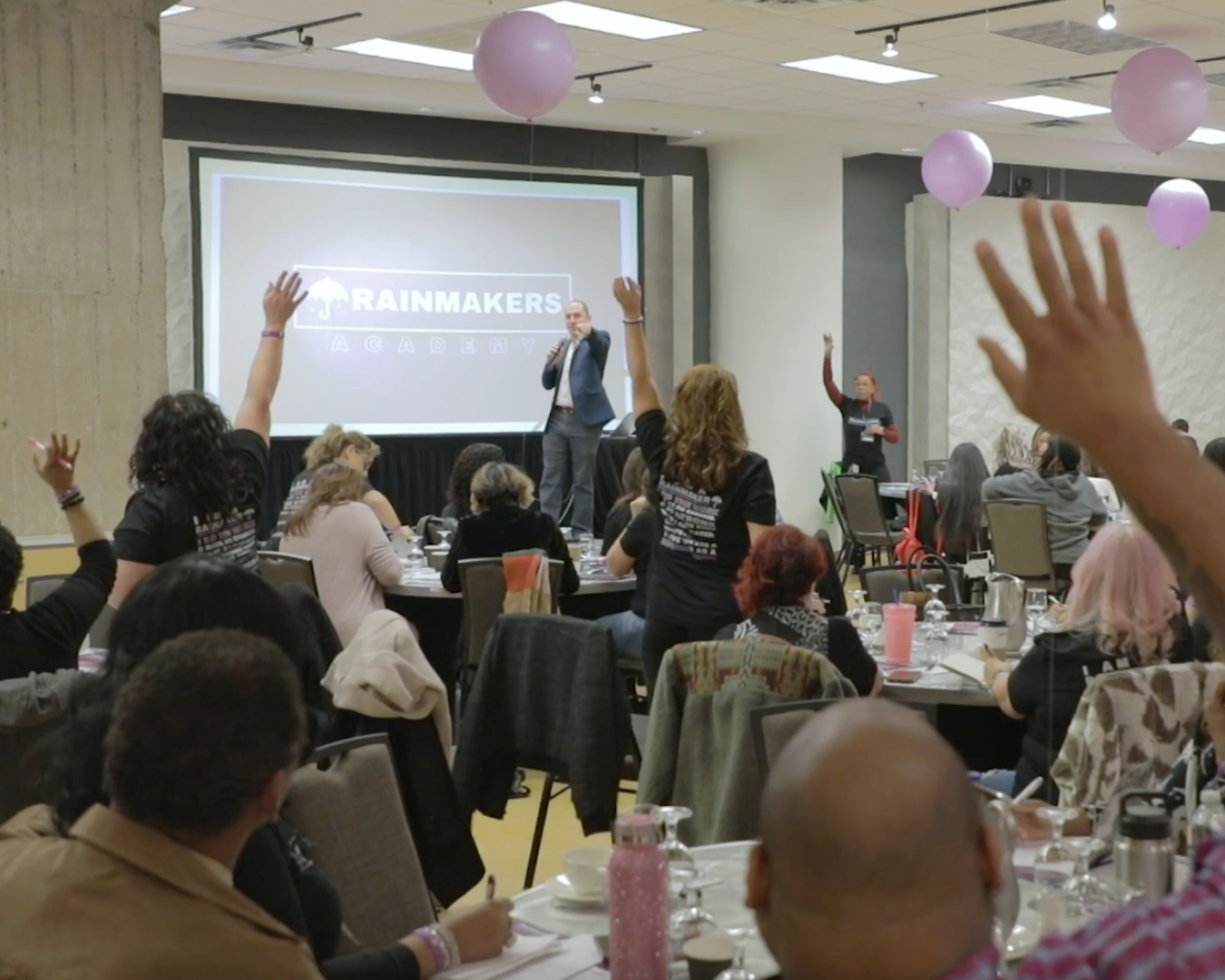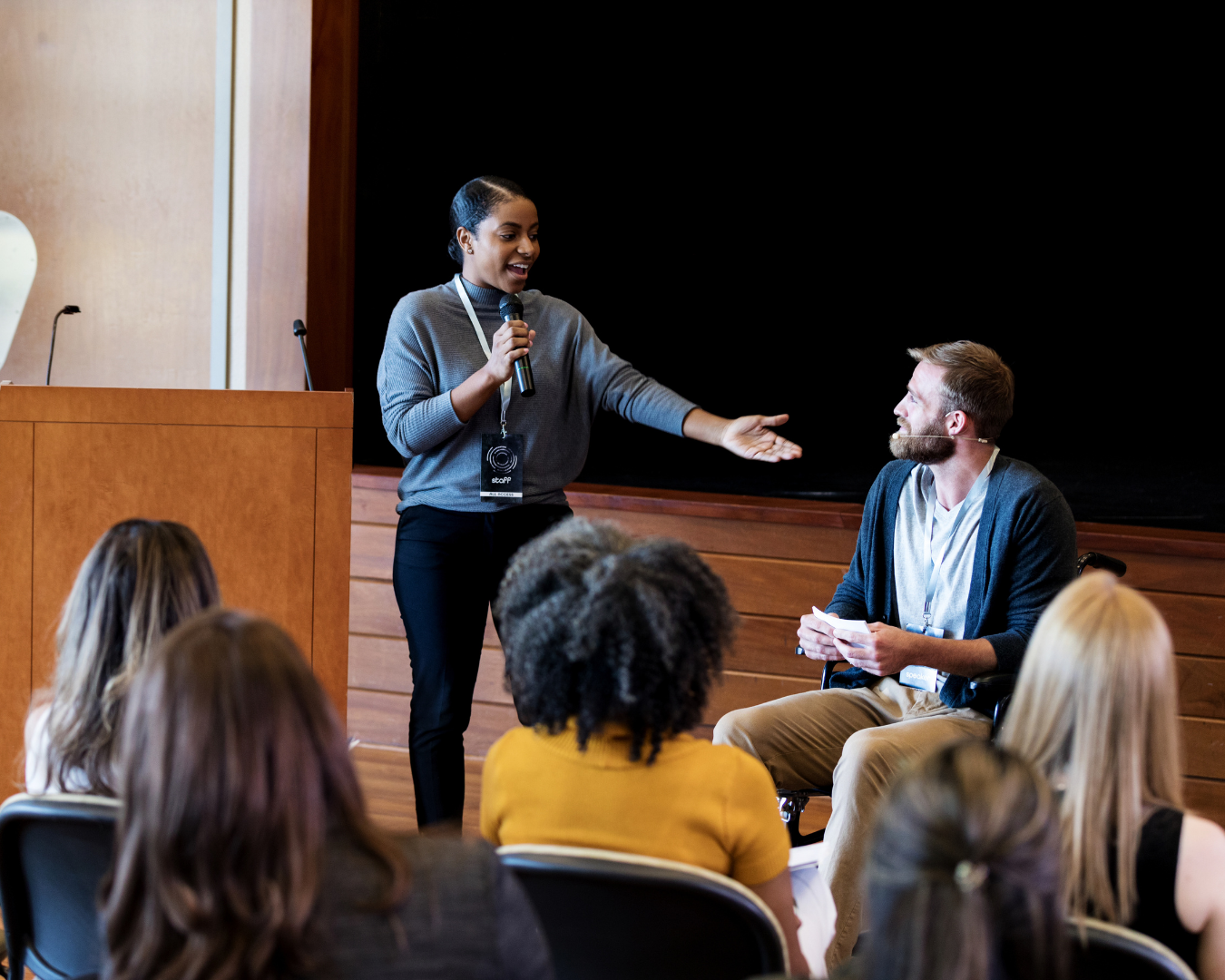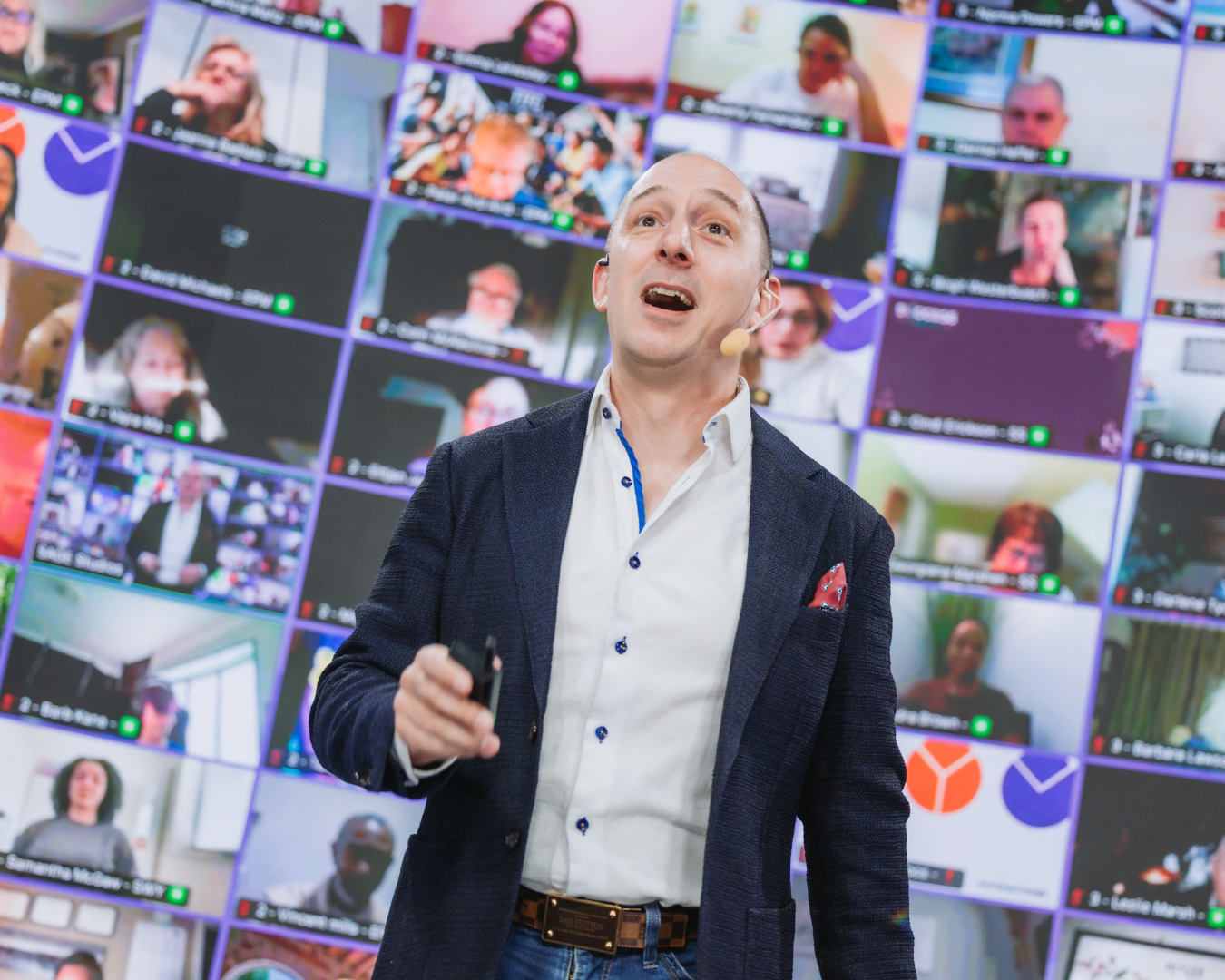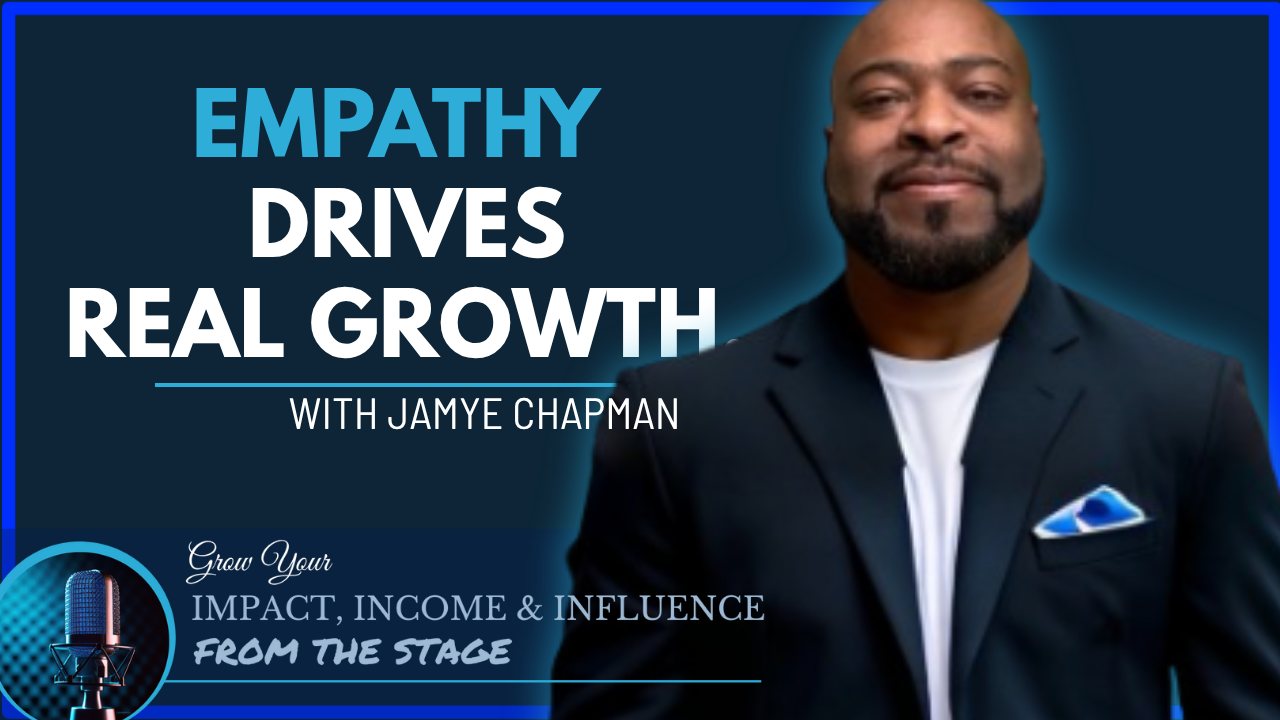You don’t need more warm bodies in chairs.
You need the right attendees—the ones ready to invest, take action, and move.
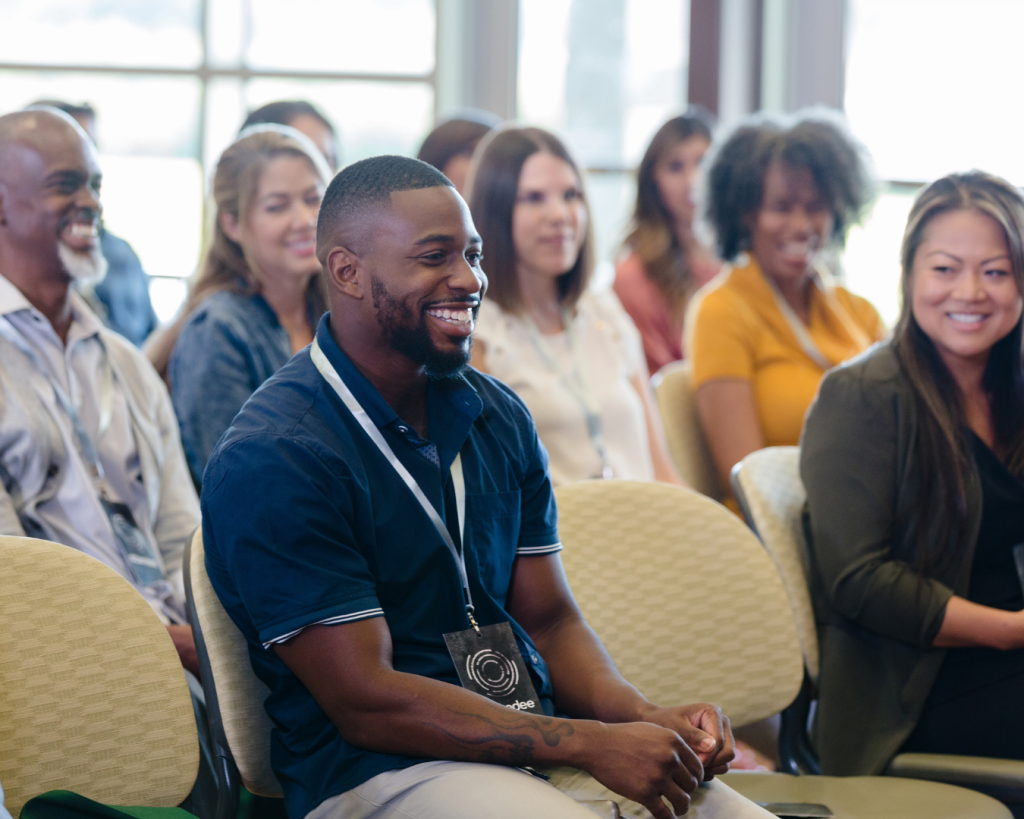
Because here’s the hard truth:
Every event filled with the wrong people is a missed opportunity to fill it with buyers.
Let’s talk about how to fix that—fast.

Pop in your email below, and we’ll zip it straight to your inbox so you never lose it!
Most “Successful Events” Are Quiet Fails
Your event registration might look solid. Your room might be full.
But if you’re not making sales, booking calls, or seeing offers convert…
That’s not a successful event.
That’s a room full of non-buyers nodding along and bouncing right after the last session.
And it almost always comes down to one thing:
👉 Your event marketing strategy was built to attract people. Not buyers.
What Makes the Right Attendee?
Let’s define it.
A “right-fit” attendee isn’t just interested in your topic.
They see your offer as a solution to a real, urgent problem they’re ready to solve.
They’re not just there to take notes—they’re there to make a decision.
So if you want to stop wasting your time (and budget) on non-converting crowds, start here:
Step 1: Build Your Campaign Around Buyers
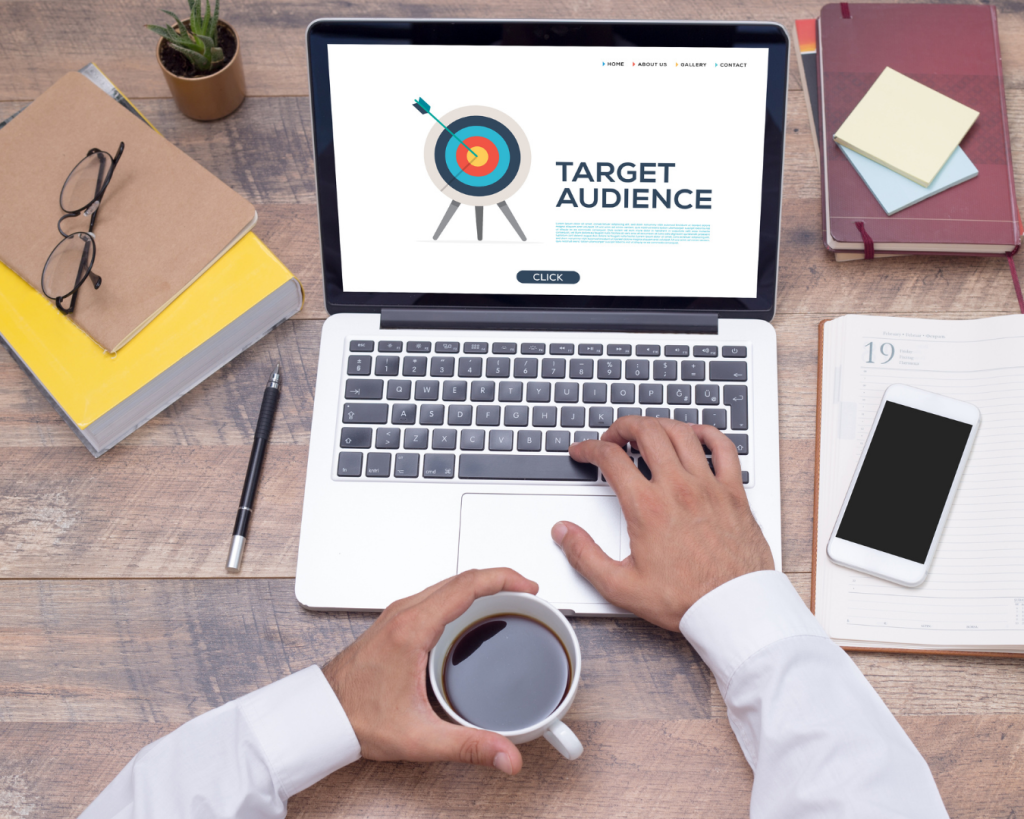
Your campaign shouldn’t just ask:
“Who wants to come to this event?”
It should ask:
“Who’s already aware of the pain and looking for a fix?”
Then build your pre-event marketing around that.
Use event marketing channels that allow for targeting—not just blasting:
Email marketing campaigns segmented by buyer behavior
Paid retargeting for people who’ve visited your event page
Offers tailored to decision-makers, not dabblers
Don’t promote “a fun afternoon of growth.”
Promote a moment that will shift their business forever.
Step 2: Choose the Right Event Marketing Channels
A lot of event organizers rely on whatever channel worked last time.
But every type of event—virtual, hybrid, or in-person—calls for a different strategy.
If you’re running a live event for high-ticket services?
LinkedIn ads, email marketing, and event updates to warm leads are your best friends.
If it’s a virtual event or webinar, you might mix in YouTube pre-rolls or podcast shoutouts to build awareness.
But no matter the format, effective event promotion means choosing marketing channels that match your buyer’s behavior.
They’re not all scrolling Facebook at 10PM. They’re checking their email before their 9AM sales call.
Go where your buyer actually is.
Step 3: Market the Experience, Not the Logistics
You’re not just creating an event. You’re creating an outcome.
So ditch the “we’ll have panels, breakout rooms, and networking.”
Start talking about what happens after they attend.
What does success look like?
What will they walk away with?
What pain will they finally stop feeling?
This shift in your event marketing copy immediately filters out curiosity-clickers and pulls in action-takers.
It’s how you start filling seats with buyers—without doubling your ad spend.
Step 4: Use Event Data to Double Down on What Works
Not every channel is worth your time. But how do you know?
Track it. Watch your event marketing ROI.
Look at event data like:
Where ticket sales actually came from
Which leads clicked but didn’t convert
What emails or ads had the highest intent
Event creators who optimize based on buyers, not just leads, scale faster and smarter.
That’s how you build momentum—not just for this event, but the next event and beyond.
Start Filling Seats With the Right People
Here’s the bottom line:
If you want a successful event, you can’t just market the event.
You’ve got to market the transformation—to the people who are already looking for it.
That’s how you get:
✅ Higher ticket sales
✅ A better event experience
✅ More conversions long after the event ends
So next time you’re building your event marketing strategies, stop asking how to fill seats—
Start asking how to attract buyers.

